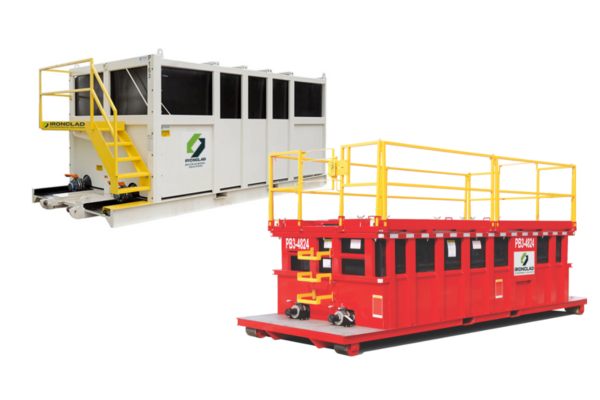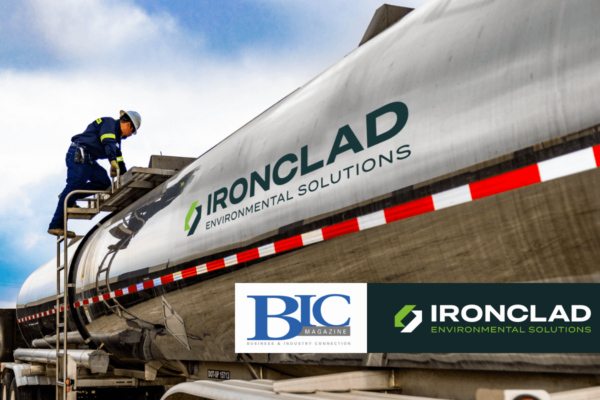For maximum reliability, consider poly cubes and stainless steel tankers for storage of challenging liquids
Think those corrosive materials at your job site are safely stored in that recently rented frac tank? Think again.

It’s undeniable that frac tanks — designed more than 40 years ago to store and contain water in the oil field — are incredibly valuable assets. It’s also undeniable that they are not the safest, most reliable or best option for the storage of acids, caustic materials or flammable products. But many organizations and leaders across industries believe they are — and that’s putting business output and site safety at risk.
Corrosive materials are defined as anything that causes destruction of skin or corrodes through metal at .25 inches per year at 130 degrees Fahrenheit. Flammable liquids are categorized as anything with a flash point of less than 100 degrees Fahrenheit, and combustible liquids are anything with a flashpoint between 100 and 200 degrees Fahrenheit.
Frac tanks were simply not designed nor manufactured to store these kinds of challenging materials. They do not meet the OSHA requirements to store flammable materials, nor do they meet the National Fire Protection Association 30, Flammable and Combustible Liquids Code. When frac tanks are incorrectly used to store these kinds of materials, businesses are (often inadvertently) violating regulations.
Should a catastrophic event occur — and there is unfortunately plenty of documentation to show that they do indeed occur — not only will that business be left responsible for property damage, injury or worse, but it will also be held financially responsible via regulatory fines. In recent years, improper storage of flammable liquids is on OSHA’s list of top 10 violations, and OSHA’s maximum penalty for willful or repeated violations is $156,000; additional fines can easily creep toward seven figures.
Of course, there is a solution to this problem, and it’s a lot simpler than the potential headaches or even disasters that can be created by the misuse of frac tanks. For acids and caustic materials, Poly Cubes are the safe, reliable storage choice: made of high-density cross-linked polyethylene for extra durability, these tanks are ideal for environmental remediation and applications across petroleum and chemical refineries, manufacturing, and wastewater treatment plants.
For flammable products, stainless steel tankers provide peace of mind. Unlike frac tanks, DOT407 stainless steel tankers are authorized under 49CFR173.33 as cargo tanks used to transport flammable ladings. (Many of our peers believe stainless steel is impervious to everything, but it’s worth noting that while the material is naturally corrosion-resistant, it can be harmed by exposure to acids.)
And yet, these safe and smart solutions are unfamiliar to some in our industry. As new talent and young engineers join the ranks of our industry, it’s vital that established leaders do what they can to provide education as well as the practical experience to help the next generation understand the value of these nuanced challenges and solutions. The onus is on executives, managers, vendors and consultants to prioritize education, risk analysis, and safe business decisions.
As our industries continue to grow and evolve, and the safety of our collective teams as well as the environment around us become increasingly vital, we must work together to make the reliable, dependable choice. That takes research, collaboration, and work — but we’ll all benefit in the end. Assuming the way something has always been done is the right way is an outdated way of operating. Demanding the smartest and strongest solutions — and the smartest and strongest storage assets — will provide the results and security you’ve been looking for.

For published article, visit BIC Magazine